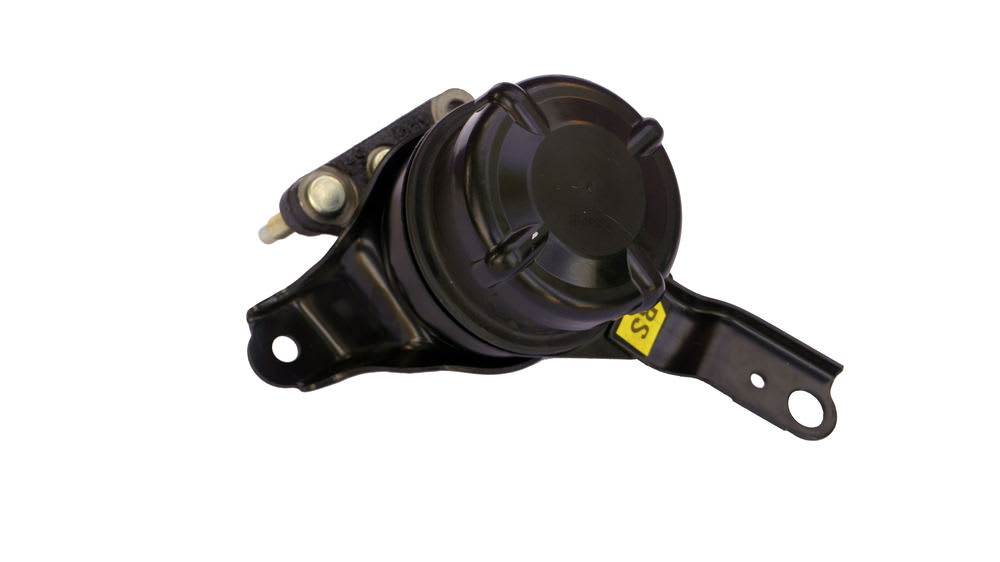

In order for an engine to maintain stability while it supplies power to the wheels, the use of engine or motor mounts is needed. Whether you have an efficient four-cylinder hybrid or a powerful V8 in your pickup truck, engine mounts are virtually identical in design and application. The size, shape and materials that they are made from will vary, but essentially, if you know where they are located and how they work, you can estimate how long engine motor mounts should last.
When a motor mount works correctly, it will hardly be noticed. However, when they wear out, they can start to cause a vibration that is constant, and worsens as the vehicle accelerates. In order to provide some sort of estimate as to how long they last, knowing their job and knowing the symptoms will help you know when replacement is needed.
What Engine Motor Mounts Do
Motor mounts keep your engine securely attached to the chassis in the engine bay so that it doesn’t shift when you make turns, go up or down hills, or over uneven terrain. Because motor mounts are constantly under stress, it’s not surprising for them to go bad in a high-mileage vehicle. Some models may seem to be more susceptible to bad motor mounts, but it can happen to any vehicle if you own it long enough or drive it over rough ground.
Engine or motor mounts are made in a variety of shapes and sizes to fit a wide variety of needs, but they all serve the same purpose of mounting the engine and dampening engine vibration. They are usually made of metal and rubber. Metal withstands the force and torque generated by the engine, and rubber absorbs and dampens vibrations. As engines generate a considerable amount of vibration in their normal operation, when there is a problem with the motor mounts, increased vibrations can usually be quite noticeable
How to Tell If a Motor Mount Needs Replaced
There are three general symptoms of a bad or failing motor mount:
Impact noises coming from the engine bay: One of the most common symptoms associated with worn engine mounts are impact noises coming from the engine bay. Worn, damaged, or broken motor mounts can cause clunking, banging, and other impact type sounds as a result of the weight of the engine shifting around.
Excessive vibrations: Another symptom of a bad or failing motor mount is excessive vibration. If the rubber or vibration dampening parts of the motor mount wear out or break, it will significantly reduce the mounts' ability to absorb engine vibrations. Undamped engine vibrations will cause the entire vehicle to vibrate, which may make the ride quality uncomfortable.
Engine movement: Finally, bad or failing engine mounts will cause engine movement while in operation. If the engine mounts are in good condition, they should be able to secure the engine firmly in the engine bay. If they are worn or broken, however, this may result in an engine that moves forward, backwards, or side to side in the engine bay. The movement may be especially pronounced when accelerating, and may also be accompanied by an impact noise of some sort.
Generally, motor mounts last a very long time, sometimes the lifetime of the vehicle. However, depending on operating conditions, they can wear out as the miles add up. To avoid excessive damage or serious safety problems, it’s a good idea to have the motor mounts inspected to make sure they don’t need to be replaced. If left unrepaired, a broken motor mount can lead to other damage to your engine and components. If you experience any of the above symptoms or are told you need motor mount replacement, contact a professional technician from YourMechanic to complete this service for you as soon as possible.



